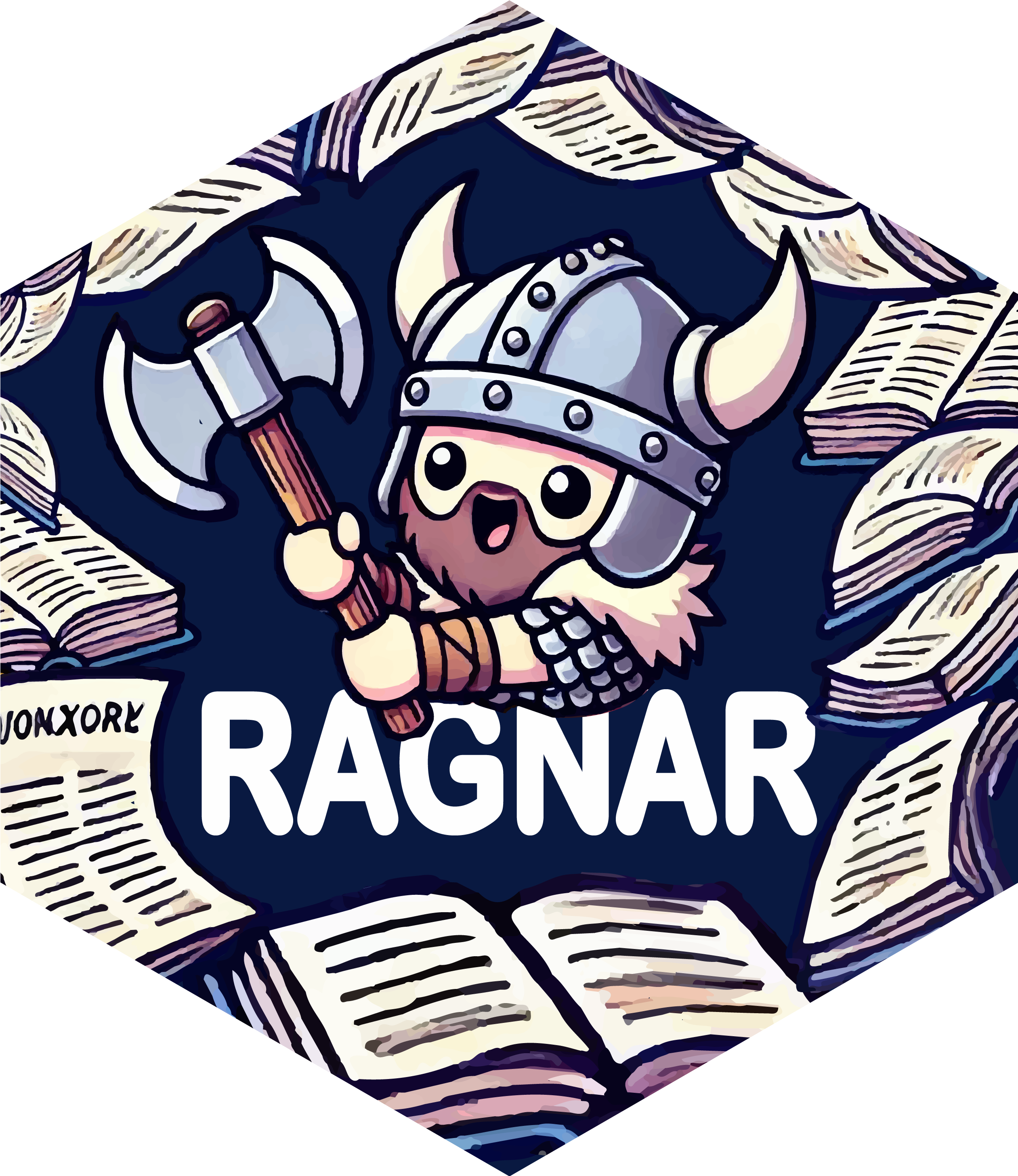Retrieval Augmented Generation (RAG)
Lecture 20
Cornell University
INFO 4940/5940 - Fall 2025
November 6, 2025
Announcements
Announcements
- Project 01 due today
- Confidential peer feedback surveys open tomorrow at noon on Canvas
Learning objectives
- Define Retrieval-Augmented Generation (RAG)
- Explain how RAG improves LLM outputs
- Implement a simple RAG system in R or Python
Application exercise
ae-19
Instructions
- Go to the course GitHub org and find your
ae-19(repo name will be suffixed with your GitHub name). - Clone the repo in Positron, install required packages using
renv::restore()(R) oruv sync(Python), open the Quarto document in the repo, and follow along and complete the exercises. - Render, commit, and push your edits by the AE deadline – end of the day
⌨️ 15_coding-assistant
Instructions
Use Claude 3.7 Sonnet to write a function that gets the weather. The first time, use Claude on its own.
Do some basic research for Claude about how to use a specific package to get the weather.
How does Claude do with the same task now?
06:00
Augmented Generation
Retrieval-Augmented Generation (RAG)
Retrieval-Augmented Generation (RAG)
Retrieval-Augmented Generation (RAG)
Retrieval-Augmented Generation (RAG)
Retrieval-Augmented Generation (RAG)
How do we find relevant documents?
Answer: word vector embeddings → turn words into vectors
🤴 - 🧔♂️ + 💁♀️ = ❓
🤴 - 🧔♂️ = 👑
👑 + 💁♀️ = ❓
🤴 - 🧔♂️ = 👑
👑 + 💁♀️ = 👸
OpenAI: text-embedding-3-small
Two ways that users encounter RAG
Every prompt you send gets passed through a RAG system and is augmented
The LLM can decide when to call the RAG system
In R…


In Python…
⌨️ 16_rag
Instructions
Follow the steps in the 16_rag exercise, which are roughly:
First, you’ll create a vector database from a set of documents:
- In R: R for Data Science (R4DS)
- In Python: The Polars Cookbook
Test out the vector database with a simple query.
Attach a retrieval tool to a chat client and try it in a Shiny app.
15:00
Wrap-up
Recap
- RAG improves LLM outputs by adding relevant context
- RAG systems use vector embeddings to find relevant documents
- You can implement RAG in R with
ragnaror in Python withLlamaIndex
Acknowledgments
- Materials derived in part from Programming with LLMs and licensed under a Creative Commons Attribution 4.0 International (CC BY) License.
